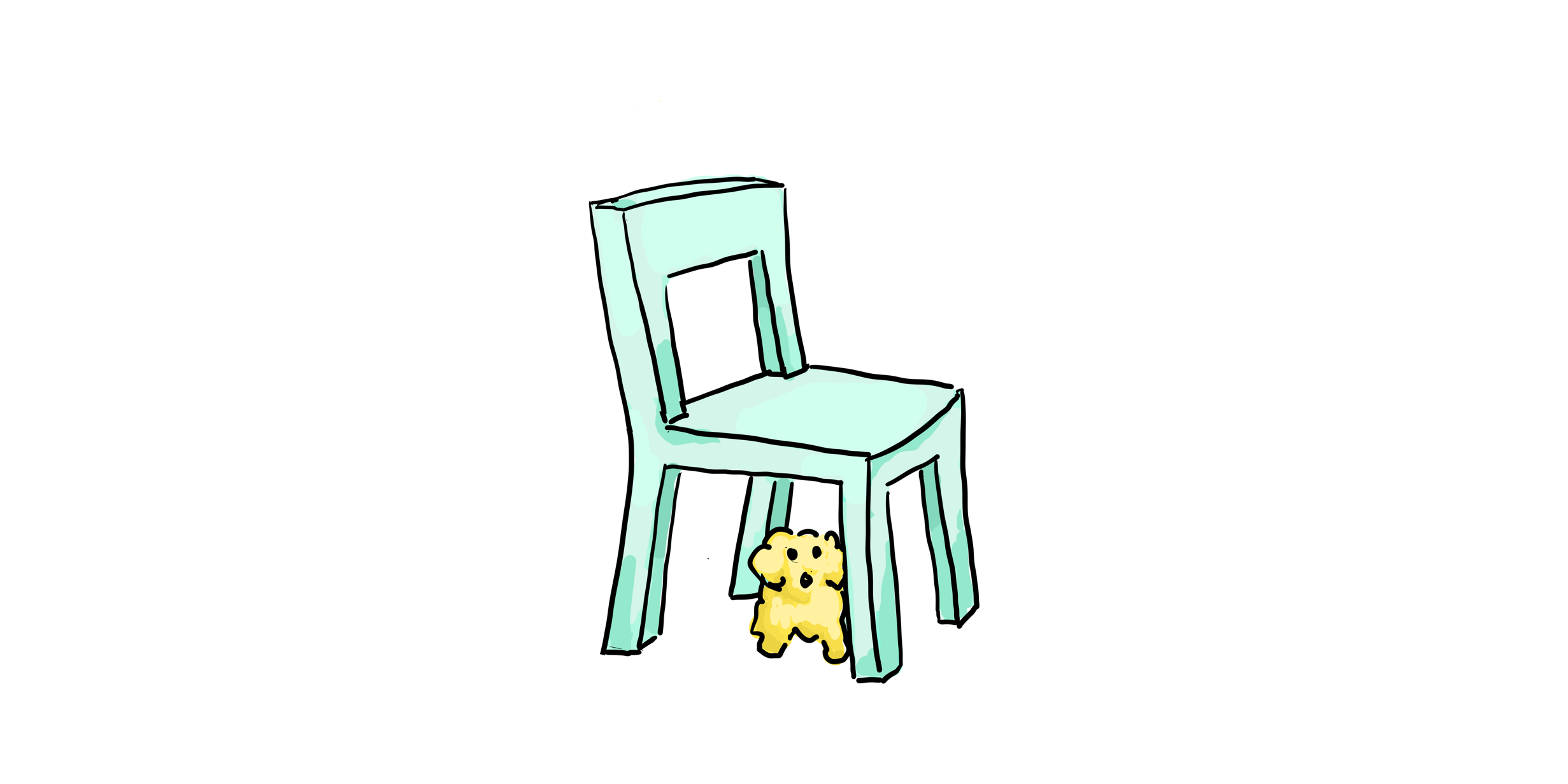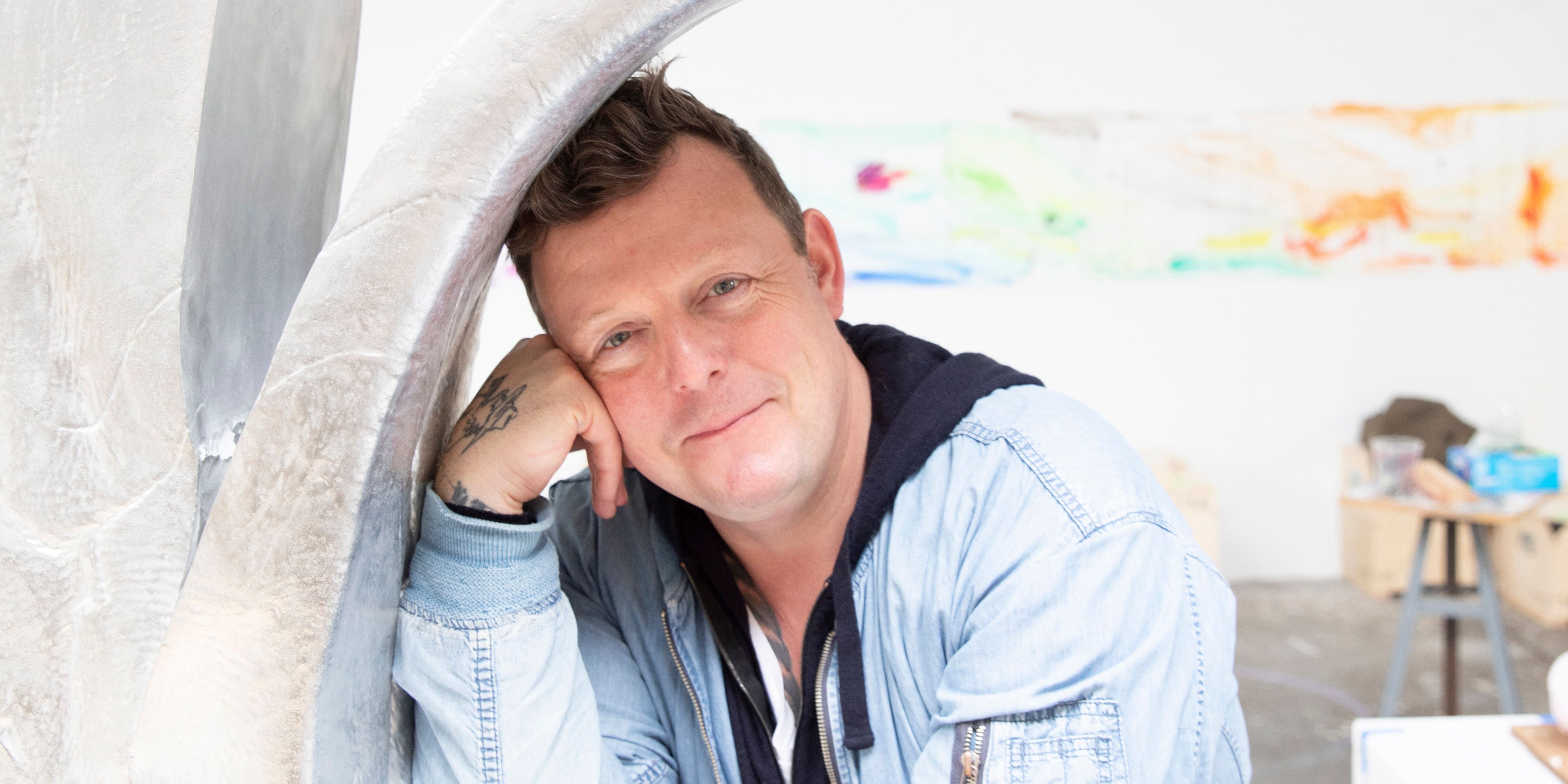
Urs Fischer
Urs Fischer (b. 1973) is a Swiss contemporary artist.
Fischer's characteristically unpredictable practice spans sculpture, installation, painting and photography.
Work
Exhibitions

Urs Fischer
Biography

Urs Fischer in his studio.
Urs Fischer (b. 1973) is a Swiss contemporary artist whose characteristically unpredictable practice spans sculpture, installation, painting and photography. His work ranges from minuscule curiosities to monumental installations that engage in a dynamic dialogue with their surroundings— natural landscapes, urban architecture, and institutional spaces alike.
Born in Zurich, Switzerland, Fischer initially studied photography at the Schule für Gestaltung in Zurich before moving to Amsterdam (where he supported himself by working as a bouncer), London, Berlin, and New York before settling in Los Angeles. His approach is characterized by an omnivorous visual, material, and technical approach that places emphasis on reinvention, relying on a set of influences so varied that the carpentry he once learned from his father oft unexpectedly dovetails with with his studies in photography— it’s a question of subverted expectations, humor, and an elevation of the banal. Variations on recurring themes (chairs, birds, bodies, mirrors, raindrops, food, and holes feature prominently) figure heavily his practice, yielding a body of work set firmly in oppositions—thesis and antithesis—that manifests as an interplay between construction and deconstruction, permanence and impermanence.
Dia Art Foundation director and curator of Fischer’s 2013 survey at MoCA, Jessica Morgan, identified three distinct “zones” that Fischer’s work tends to exist within: the public space, the studio, and the realm of fantasy. His sculptures and installations in particular treat their environments as a stage-set, acting out grand dramatizations of his ideas. Use of unconventional materials—wax, clay, bread, vegetables—ensures that many of his pieces evolve beyond the reach of the artist’s hand and rely instead on decay, human interaction, and even animal involvement as they transform before their viewers’ eyes. Works such as Bread House (which invited parakeets to peck away at its structure) and his melting wax sculptures embody this principle and embrace entropy, a fundamental element of Fischer’s vision.
Furniture and the built environment, writ large, are a long-standing feature of Fischer’s work. Figuring as protagonists and supporting characters alike, chairs in particular play a myriad of roles; appearing in the early nineties as sculptural oddities reframed as solutions to functional problems (such as his 1994 work, Chair for a Table That Was Too Tall, which presents a pithy answer to the problem of seating) furniture’s role in Fischer’s oeuvre cannot be overstated. Large scale-installation is another running theme: the artist’s first solo exhibition, a 1996 show at Zürich’s Kunstraum Walcheturm, featured an installation consisting of twine, clay, cinderblock, and fifty stones that transformed the gallery into a minimalist meditation on material.
Fischer’s sculptural practice oscillates between extremes; towering creations with commanding presence, to small objects riddled with uncanny, surreal qualities, and everything in between falls well within this his purvey. Through illusory optics, material manipulation, and a seamless blending of the surreal with the hyperreal, he presents us with a challenge to perception, reality, and the role of art in an ever-changing world: his sculptures, paintings, photographs, and large-scale installations strike a chord to the tone of a humble, humorous wit that barley belies his conceptual rigor.
Fischer’s work is featured in the collections of major museums world-wide, including those of MoMA, NYC; Fondazione Morra, Naples; Kunstmuseum Basel, Basel; Museum of Modern Art (MoMA), New York City; Burger, Collection, Berlin; Centre Pompidou, Paris. His exhibition history is wide reaching, given the global appeal of his surrealistic reconfigurations of the day-to-day, and he has shown work at Los Angeles’ MoCA, LACMA, New York’s Whitney Museum of American Art, Paris’ Pinault Collection, Mexico City’s Museo Jumex, and the Tel Aviv Museum of Art.